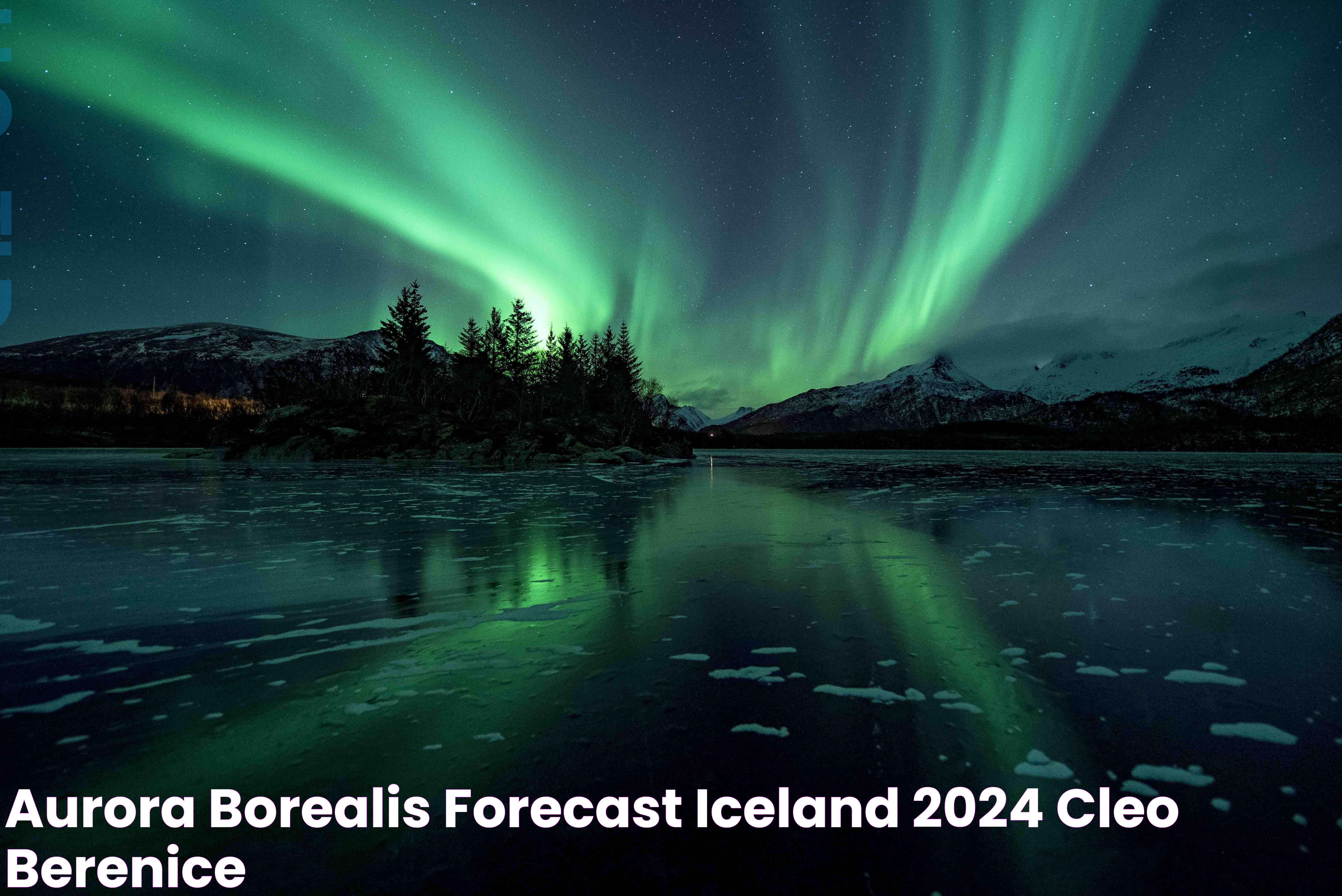Best Time And Tips For Aurora Borealis Forecast Iceland

Witnessing the aurora borealis in Iceland is a bucket-list experience for travelers and nature enthusiasts alike. Known as the Northern Lights, this awe-inspiring natural phenomenon paints the night skies with vibrant hues of green, pink, purple, and yellow. For those planning to view this celestial wonder, understanding the aurora borealis forecast in Iceland is essential to maximize your chances of catching this breathtaking display.
Iceland, with its proximity to the Arctic Circle and minimal light pollution, is one of the best locations in the world to witness the aurora borealis. However, the Northern Lights are not guaranteed on any given night. Factors like solar activity, weather conditions, and location play a critical role in determining whether you'll see them. This is where learning how to interpret aurora forecasts becomes incredibly important.
In this guide, we’ll dive deep into understanding the aurora borealis forecast in Iceland, the best times and places to view the Northern Lights, and valuable tips to enhance your experience. From beginner-friendly advice to detailed insights on solar activity, you’ll find everything you need to plan the perfect aurora-viewing trip. Let’s get started!
Read also:Acc Basketball Tournament The Pinnacle Of College Hoops
Table of Contents
- What is Aurora Borealis?
- How Does the Aurora Borealis Form?
- Why is Iceland Perfect for Aurora Viewing?
- When is the Best Time to See the Aurora Borealis in Iceland?
- How Do You Read an Aurora Borealis Forecast?
- What is the KP Index and Why Does it Matter?
- Best Locations in Iceland for Northern Lights Viewing
- Is it Possible to See the Northern Lights in Reykjavik?
- How Weather Conditions Impact Aurora Viewing?
- Tips for Photographing the Aurora Borealis
- Should You Join a Northern Lights Tour?
- What to Pack for Aurora Viewing in Iceland?
- Common Myths About the Northern Lights
- Frequently Asked Questions
- Conclusion
What is Aurora Borealis?
The aurora borealis, commonly referred to as the Northern Lights, is a natural light display that occurs in high-latitude regions near the Arctic and Antarctic Circles. These shimmering lights result from the interaction between charged particles from the sun and the Earth's magnetic field. The phenomenon creates stunning waves, arcs, and curtains of color in the night sky, captivating viewers with its otherworldly beauty.
The term "aurora borealis" is derived from Latin, with "aurora" meaning "dawn" and "borealis" meaning "northern." This name was first coined by Italian scientist Galileo Galilei in the early 17th century. While the lights are most commonly green due to the presence of oxygen molecules, they can also appear in shades of pink, red, and purple during intense solar activity.
Types of Aurora Displays
Auroras are categorized into different types based on their shape and movement:
- Arcs: Long, thin bands of light that stretch across the sky.
- Rays: Vertical beams of light that appear to "dance" in the sky.
- Corona: A circular or crown-like display that occurs directly overhead.
- Diffuse Aurora: A faint glow spread across the sky without distinct shapes.
Understanding these variations adds depth to your aurora-viewing experience and helps you appreciate the diversity of the Northern Lights.
How Does the Aurora Borealis Form?
The aurora borealis is the result of a complex interaction between the sun, Earth's magnetic field, and atmospheric particles. Here’s a simplified breakdown of the process:
- Solar Wind: The sun constantly emits a stream of charged particles, known as the solar wind, into space.
- Magnetosphere Interaction: When the solar wind reaches Earth's magnetosphere, some of these particles are funneled toward the poles by the planet's magnetic field lines.
- Atmospheric Collision: As the charged particles collide with gases in the Earth's atmosphere, they transfer energy that excites the gas molecules.
- Light Emission: The excited molecules release this energy as visible light, creating the auroras we see in the sky.
Key Factors Influencing Aurora Formation
Several factors influence the intensity and visibility of the aurora borealis:
Read also:Ultimate Guide To Columbus Ohio A Gem Of The Midwest
- Solar Activity: Increased solar activity, such as solar flares and coronal mass ejections (CMEs), enhances the likelihood of strong auroras.
- Seasonal Variations: Auroras are more common during the equinoxes due to the alignment of Earth's magnetic field with the solar wind.
- Geographical Location: Proximity to the magnetic poles increases the chances of seeing the Northern Lights.
Understanding these factors helps you plan your aurora-viewing trip more effectively, ensuring a memorable experience.
Why is Iceland Perfect for Aurora Viewing?
Iceland is one of the prime destinations for witnessing the Northern Lights, and for good reason. Its location near the Arctic Circle, combined with minimal light pollution and wide open landscapes, makes it a Northern Lights hotspot. Here’s why Iceland stands out:
Geographical Advantages
Iceland’s proximity to the auroral oval—a ring-shaped region around the magnetic poles where auroral activity is most frequent—makes it an ideal location for viewing the Northern Lights. Unlike some other countries, Iceland offers accessibility to remote areas with low light pollution, enhancing the visibility of the auroras.
Scenic Backdrops
What sets Iceland apart is the stunning natural landscapes that serve as backdrops for the auroras. Imagine watching the Northern Lights dance over glaciers, waterfalls, hot springs, and volcanic craters. Popular spots like Jökulsárlón Glacier Lagoon and Kirkjufell Mountain provide iconic, picture-perfect settings.
Continue reading for more insights into the best times, locations, and tips for viewing the aurora borealis forecast in Iceland.
Article Recommendations

